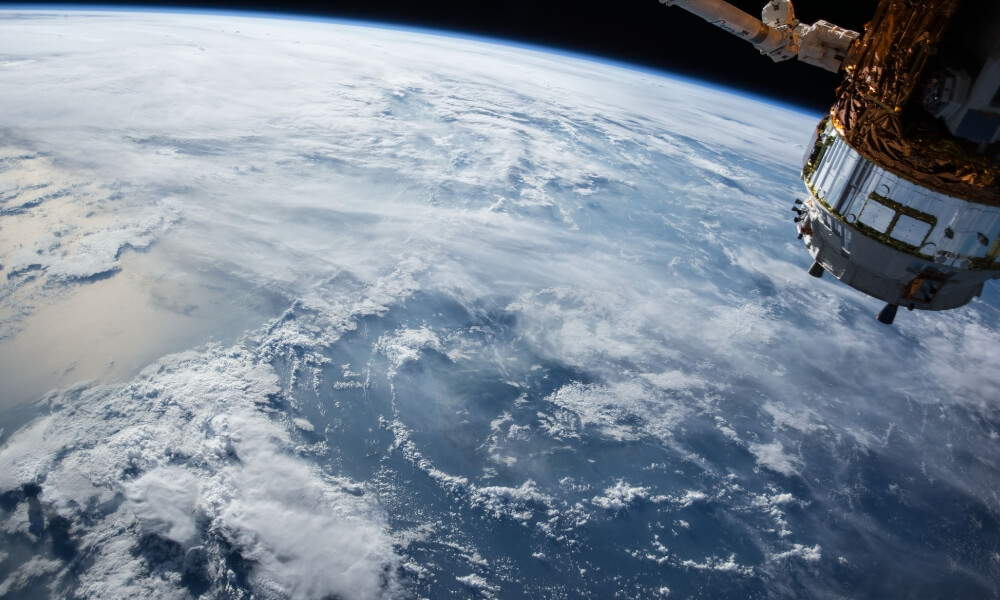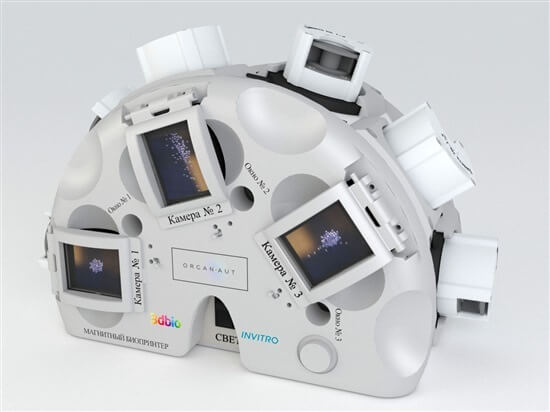3D printing tissue… in space!
Posted By Kat Plewa on Feb 13, 2019 | 0 comments
We recently talked about Additive Manufacturing in space projects, such as colonizing Mars with 3D printed habitats or using moon dust for Additive Manufacturing applications. It’s also no news that Additive Manufacturing is broadly used in the medical sector. From 3D printed prosthesis to organs, Additive Manufacturing is revolutionizing the industry. But what if we combine 3D printing in space and bioprinting? Is it possible to print artificial tissue in space?
Why would you 3D print tissue in space?
It might seem unnecessary to bioprint tissue on space stations, but there are real people out there, and there are also serious plans to explore space further and colonizing other planets. Right now, in case of an emergency, the astronauts can only count on themselves out there. Of course, they have support from Earth, but no one will send human tissue if the astronaut suffers burns.
This case scenario explains very well why it is important to develop 3D printed tissue in space. For most of us, it might seem abstract, but technology is evolving so rapidly that space travel surely will become more common soon. That means, we need solutions developed before, so when the emergency appears, we’re prepared.
Another aspect to study, before we send millions of people into space, is how our organs and artificial tissue withstand space conditions. There are still a lot of questions regarding sending people into space and we can’t test different possibilities on people. Once again, Additive Manufacturing is the perfect solution as it can produce living tissue and potentially even organs to perform different tests in space.
How did the experiment of 3D printing tissue in space perform?
It all started on December 3rd, 2018 when Oleg Kononenko, of Roscosmos, the Russian space agency arrived at the International Space State (ISS). He arrived by Soyuz MS- 11 with Anne McClain of NASA, and David Saint-Jacques from the Canadian Space Agency. They launched from Baikonur Cosmodrome in Kazakhstan, carrying also a 3D bioprinter.
The bioprinter is called Organ- Avt, it is a magnetic printer developed by 3D Printing Solutions, a biotech research start-up lab from Invitro, a private Russian company. The printer works just like a regular FDM printer, but instead of a normal nozzle, there is a syringe and the filament is actually living. Organ- Avt has been in space before. The first attempt conducted on October 11 failed after the unsuccessful attempt to launch Soyuz- FG from the Baikonur spaceport. The crew was forced to make an emergency landing.
But they didn’t give up that easily. A second copy of the printer was then sent into space almost 2 months later with the purpose to grow living tissues, and later organs, to study the influence of space environment on living organisms during long flights. Kononenko’s mission was to execute an experiment to print living tissue of a mouse’s thyroid and the results were sent to Earth on December 20th, 2018.
The results of this experiment were more than pleasing. First of all, 3D printing tissue in Earth’s gravity causes the artificial cells to grow flattened and the printed structures are not exactly the same as in the human body. Zero gravity, however, presented the astronaut with a much more accurate shape, as it causes the cells to form a much better human tissue architecture. Kononenko was actually able to produce human cartilage tissue as well as a rodent thyroid gland.
Thanks to the experiments, we can study not only the benefits we can gain from microgravity but also test in depth the effects of radiation on the human body. This research will surely have a lot of influence on the future of space travel and also revolutionize tissue engineering.
What is the future of 3D printing tissue in space?
The experiments performed by Russia can definitely be counted as successful. Therefore, NASA is already planning to send a 3D bioprinter which could create beating heart tissue, since this is what we struggle the most to produce on Earth. And a bit before that happens, the USA is bringing its own bioprinting mission in the first half of 2019. Maybe 3D printing tissue in space is the answer to the problems we can’t solve on Earth?
At Sculpteo we might not print tissue yet, but you still have plenty of choices in terms of materials and technologies, from metal 3D printing like Binder Jetting to robust plastic from HP. Improve your production with Additive Manufacturing today! Contact us if you have any questions or simply upload a 3D model to our online 3D printing service.
Stay up to date with the latest Additive Manufacturing news with our Newsletter and our LinkedIn!


 Connect with Google
Connect with Google Connect with Facebook
Connect with Facebook
